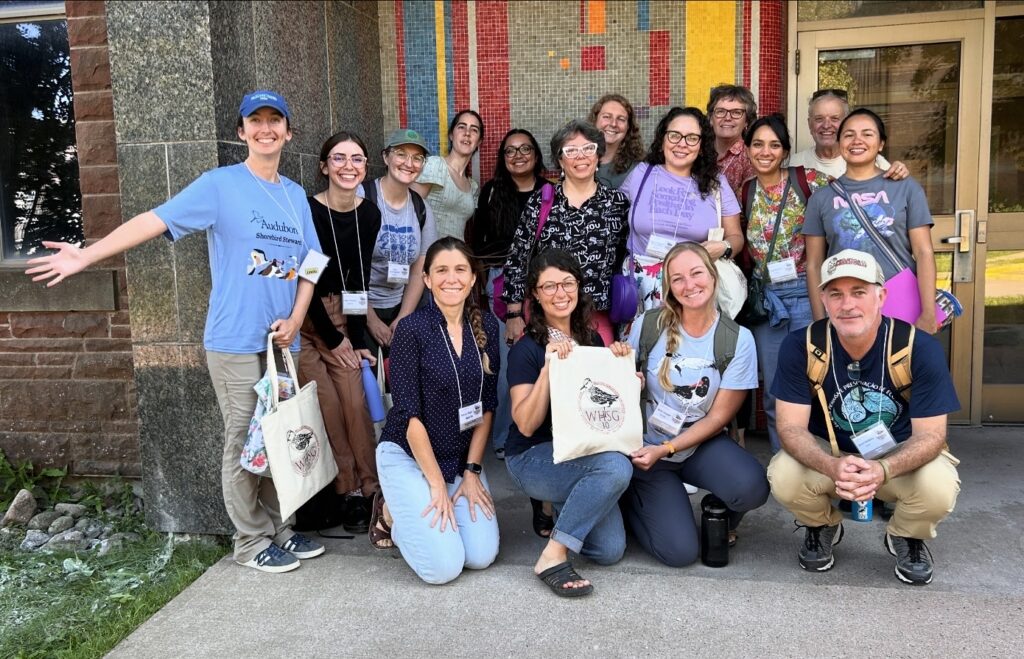Reports Documents and Articles
Page Navigation
Biological Reports
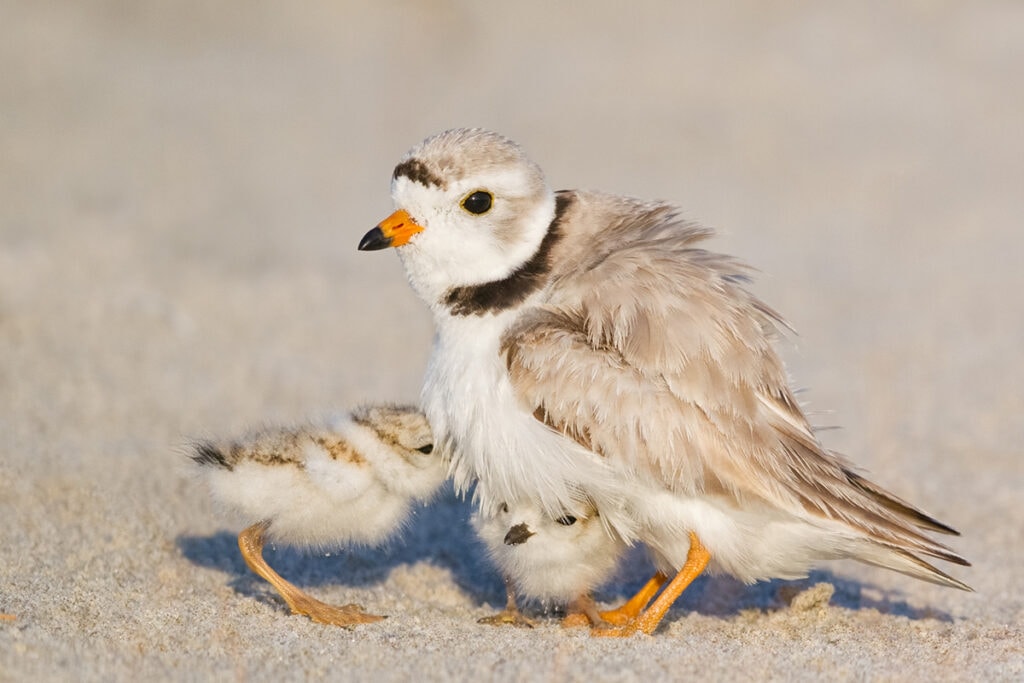
Phase I: Biological Data Collection Report
On average, we found fewer people where some or all of a point was closed, suggesting that site closures, to an extent, were effective at reducing the number of people that access an area. Moreover, human activity negatively impacted the abundance, behavior, and nest site preferences for all species considered. Both people and dogs reduced the prevalence of shorebirds throughout their seasonal ranges.
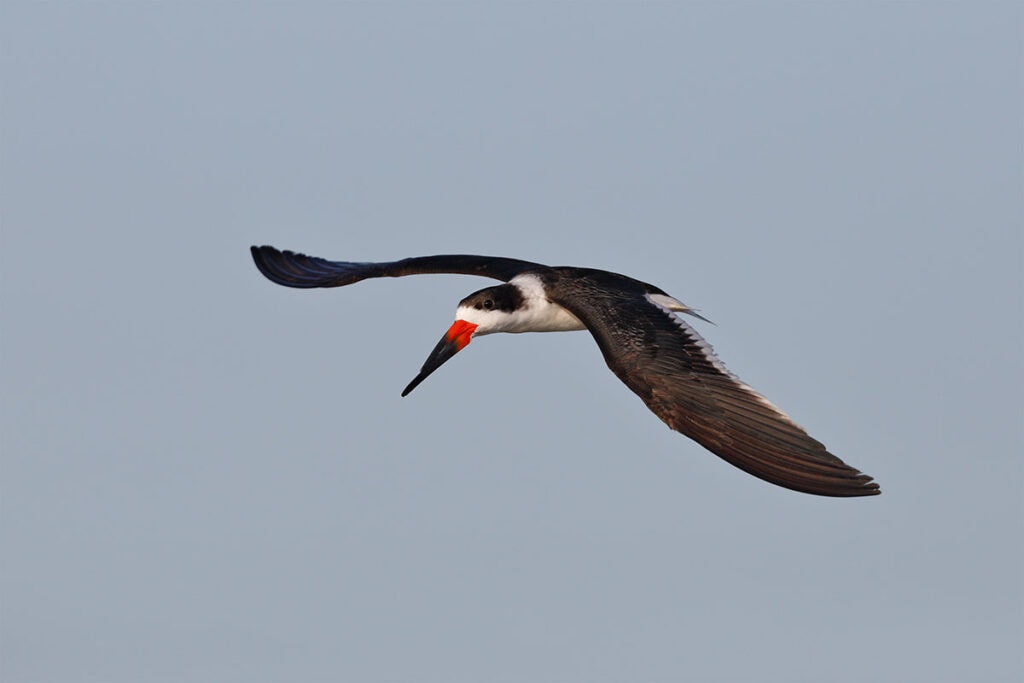
Phase II: Biological Data Collection Report
Although the individual impacts of specific perturbations (e.g., number of resting people, off-leash dogs) were not consistently supported to be associated with reductions in shorebird abundance, the combined impacts of people and dogs were negatively linked with the shorebird abundance. Shorebird behavior was also linked to perturbations; all species were less likely to rest in the vicinity of vehicles, and more likely to be alert when dogs were nearby.

Phase III: Biological Data Collection Report
Of note, broader-scale patterns between recreational activity and shorebird occupancy and abundance were primarily driven by reductions in shorebird use of coastal areas with a greater amount of dog activity, as opposed to recreating people. However, at finer-scale, bird abundance was negatively influenced by both the presence of nearby people and dogs. Management actions, such as closing areas of the beach to protect shorebirds, were generally associated with reductions in the number of dogs and people nearby.
Social Science Reports
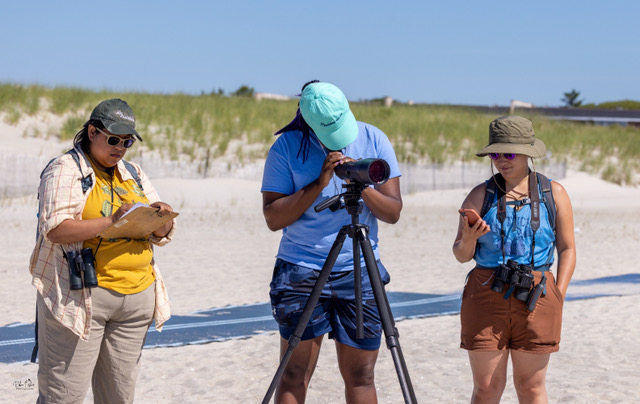
Part I: Land Manager Survey
Human disturbance was rated by managers as the greatest threat to shorebirds along the Atlantic Flyway. Managers noted that leashed dog walking and unleashed dog walking are activities that have the least compliance. Managers feel that the greatest resource needs are more volunteers and staff, such as law enforcement and outreach personnel to communicate messages about shorebird conservation.

Part II: Understanding Beach Recreationists (Dog Walkers)
For this phase of research, we selected voluntarily leashing dogs on beaches where dog walkers have the choice to let their dogs off leash. The perceived benefits to leashing dogs at the beach are that leashing prevents dogs from running into areas for beach nesting birds and leashing prevents dogs from bothering other people. The perceived barriers are that dog walkers feel that it is not necessary to leash their dogs and leashing prevents dogs from freely exercising and socializing.
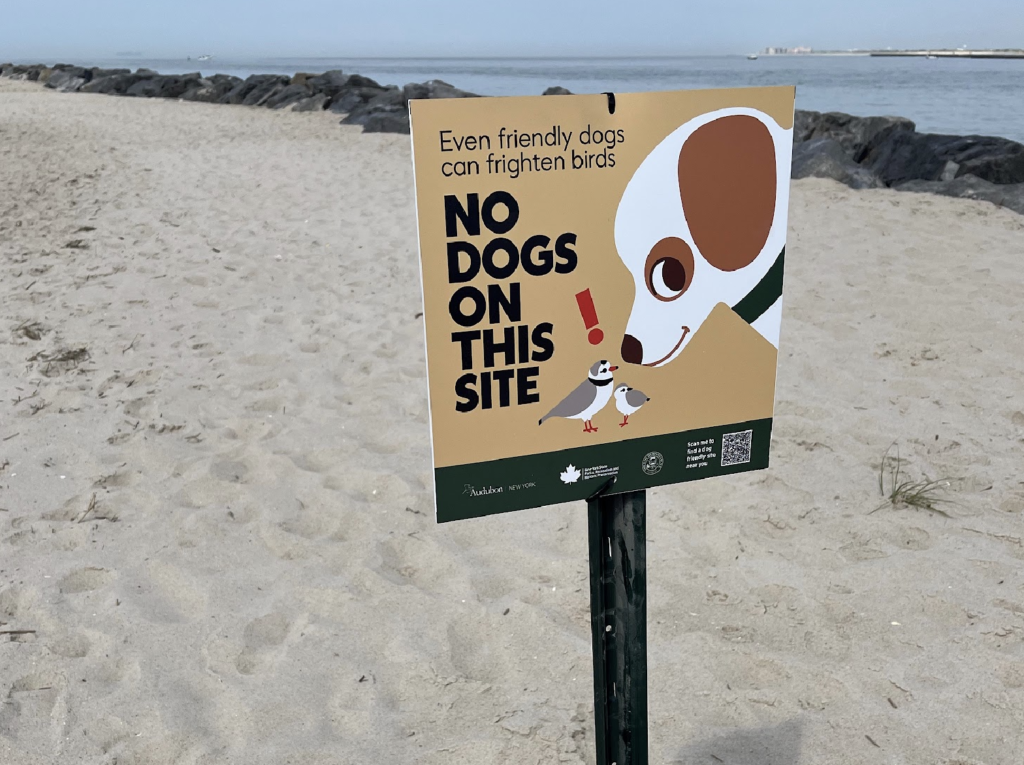
Part III: Dog Zoning and Regulation Development
Through interviews with beach managers and biologists, we sought to understand types of site regulations; the process of developing, implementing, and enforcing regulations; the outcomes of implementing regulations; lessons learned from implementing regulations; and resources needed to have successful dog-related regulations. This research provides agencies and organizations with information about the process of implementing dog-related regulations for the protection of shorebirds.
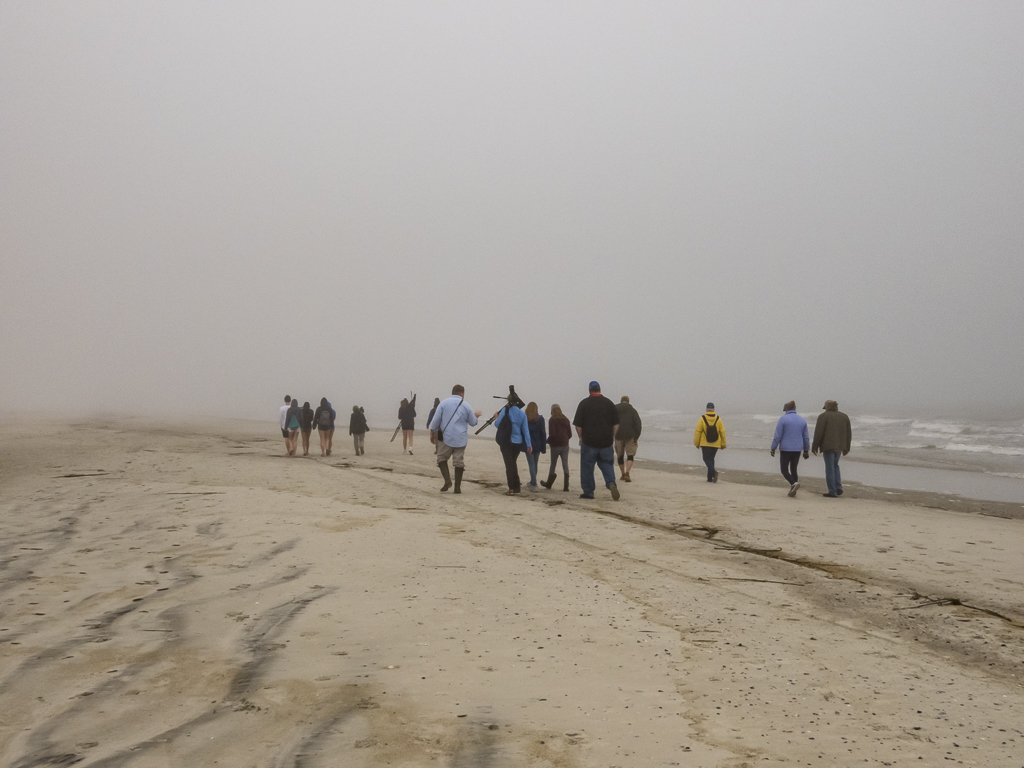
Part IV: Understanding Beach Walkers
We uncovered several benefits and constraints to walking around shorebird flocks. Benefits to walking around shorebird flocks pertained to beach users themselves (e.g., enjoyment of watching birds) as well as shorebirds (e.g., reduces disturbance to shorebirds). Constraints to walking related to the physical environment (e.g., not enough space due to high tide) and personal factors (e.g., beach recreationists’ attitudes about shorebirds, knowledge about shorebird , and skills related to recognizing shorebirds to walk around).
Documents
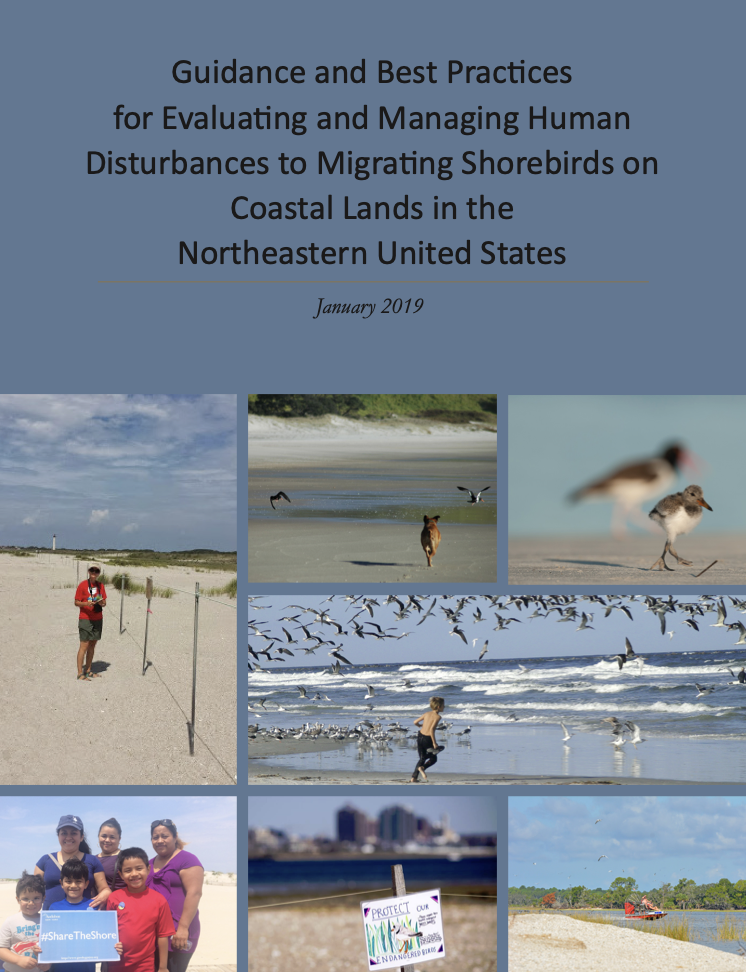
Guidance and Best Practices for Evaluating and Managing Human Disturbances to Migrating Shorebirds on Coastal Lands in the Northeastern United States
The document includes:
- A consensus definition of human disturbance to shorebirds, developed through manager and scientist input;
- A review of the state of the ecological and social knowledge for 14 priority disturbance types that affect migratory shorebirds;
- A literature synthesis of metrics used to evaluate disturbance & disturbance thresholds;
- 9 best practices to reduce disturbance; and
- Field methods for evaluating shorebird disturbance at the site level.

Guide to Applying Science and Management Insights and Human Behavior Change Strategies to Address Beach Walking and Dog Disturbance Along the Atlantic Flyway
The document includes:
- An overview of management needs based on social science data, biological data, and a co-production workshop between social and biological scientists and managers.
- An overview of the community-based social marketing approach.
- CBSM strategies to address dog-related disturbance.
- CBSM strategies to address disturbance from beach walking.
- Existing resources for implementing strategies to reduce disturbance from dog walking and beach walking.
- Resources needed for implementing strategies to reduce disturbance from dog walking and beach walking.

Project Successes
This document summarizes and highlights the outreach successes that have come from this large-scale effort. Here, you can find a list of publications and products that have resulted from this collaborative work.
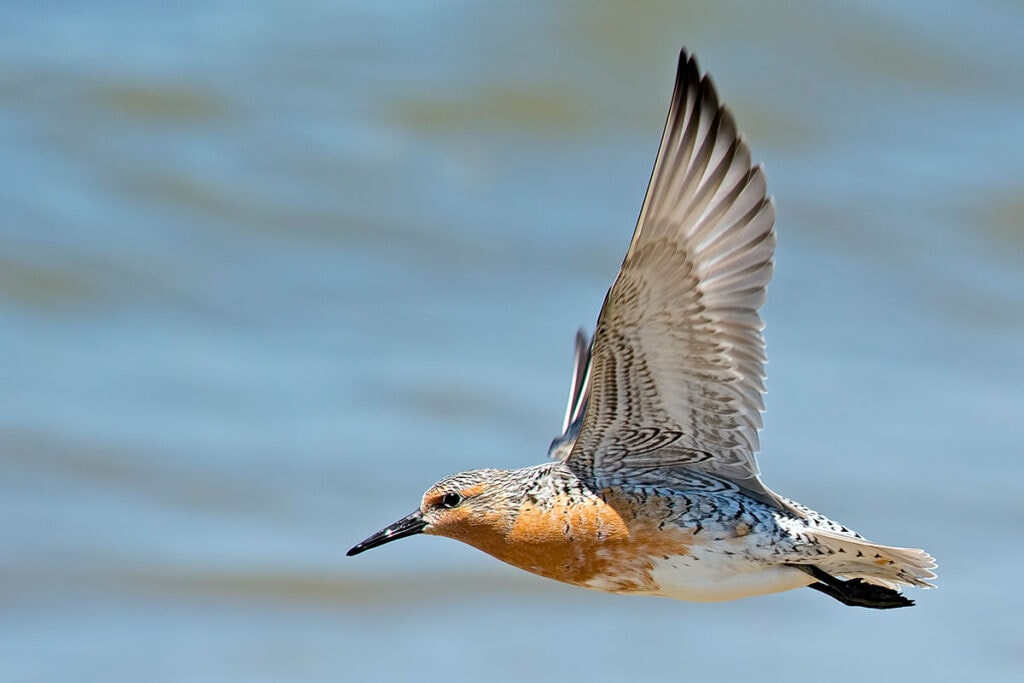
Human Disturbance Living Document
This document highlights the outputs of this collaborative work. It will be continuously updated to point you in the direction of available resources that you can use to address human disturbance at your site.
Scholarly Articles
Mengak, L., & Dayer, A. A. (2020). Defining human disturbance to shorebirds using manager and scientist input. Environmental management.
Shorebird researchers and land managers recognize human disturbance as a serious threat facing shorebirds. Yet, a common understanding of what defines human disturbance is lacking. To address this issue, we employed the Delphi technique, an iterative consensus-building social science method, to bring scientists and managers together to develop a shared definition of human disturbance and a list of priority human activities that could affect migratory shorebirds. During four iterative rounds, participants with extensive knowledge on human disturbance to shorebirds from varying geographic locations within the Northeastern U.S. worked together to produce a shared understanding. Through analyzing participants’ open-ended responses, we identified important themes for the definition. The participants then refined and ranked these themes through surveys, and the top-ranked themes were used to draft a final definition also reviewed by the participants. The outputs of the Delphi technique have informed a best practices guidance document for shorebird management.
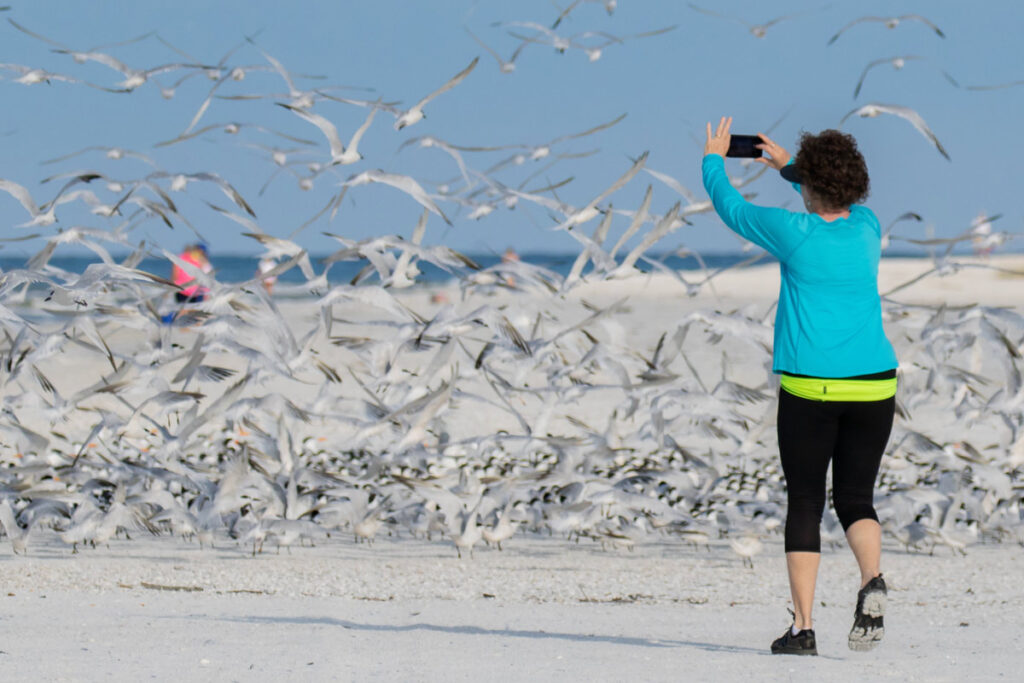
Mengak, L., Dayer, A. A., Stern, M. J. (2019). The role of social norms in conservation outreach. Human Dimensions of Wildlife.
Self-reported behaviors often serve as dependent variables in surveys associated with outreach campaigns. Social desirability bias (i.e., reporting what is perceived as socially acceptable) and ceiling effects (i.e., people already acting in accordance with desired impacts of the outreach), however, dampen the effectiveness of these self-reported behaviors as indicators of outreach success. We present an argument for self-reported behaviors based on a recent study of a shorebird conservation outreach program. Changes in respondents’ perceptions of descriptive norms, or how they believe others will act, following an outreach event can serve as an alternative, and potentially more sensitive measure of the outreach’s effectiveness.

Comber, C. A., & Dayer, A. A. (2021). Understanding the state of management of human disturbances to shorebirds across the Atlantic Flyway of the U.S. and Canada. Wader Study.
To create an understanding of the state of human disturbance management, we surveyed land managers along the U.S. and Canada portions of the Atlantic Americas Flyway. We found that general beach going and unleashed dog walking were the most common human disturbance activities at sites in the last five years. Restrictions to human activities were most common during the breeding season and were minimal during the non-breeding season. Unleashed dog walking was the most commonly restricted activity; yet, leashed and unleashed dog walking had the lowest levels of public compliance. Managers noted that fencing, informal outreach, and signage are the most effective techniques for encouraging perceived compliance.
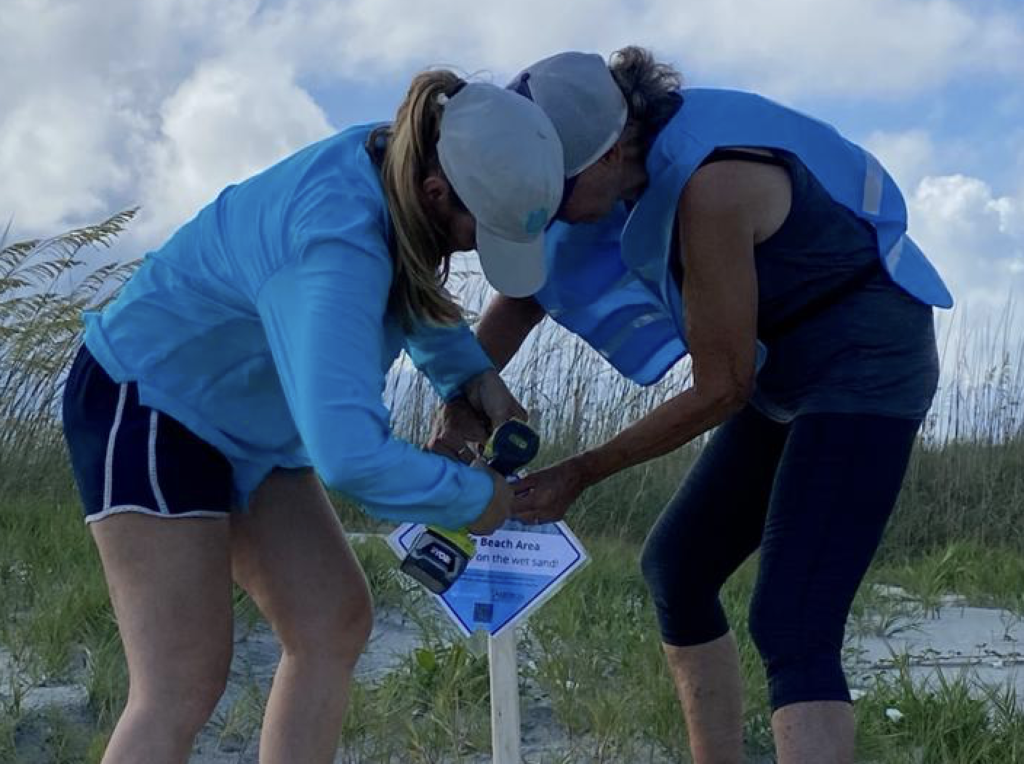
Comber, C. A., & Dayer, A. A. (2022). Understanding attitudes and norms of dog walkers to reduce disturbances to shorebirds. Human Dimensions of Wildlife.
To inform disturbance reduction campaigns, we conducted a survey of dog walkers in Maine, New York, and South Carolina to understand beach recreationists’ attitudes about the benefits and constraints of voluntarily leashing dogs on beaches and their social and personal norms related to leashing. Common perceived constraints to leashing included perceptions about reducing socialization for dogs, reducing exercise for dogs, and dogs listening to owners’ commands. Common perceived benefits to leashing included perceptions about preventing dogs from running into areas for beach-nesting birds, increased safety for dogs, increased control by dog walkers, and keeping dogs away from other people. Benefits, location (i.e., state), and norms were strong predictors of the leashing frequency near beach-nesting birds. We discuss behavior change strategies to leverage social norms, decrease the constraints, and increase the benefits of voluntarily leashing dogs near shorebirds.

Comber, C. A., & Dayer, A. A. (2024). Beach recreationists perceive a lack of knowledge about shorebirds’ needs as a constraint to walking around shorebird flocks. Ornithological Applications.
Walking through shorebird flocks can have negative impacts on shorebird populations. Understanding human behavior is essential for minimizing disturbance. As such, we used a mixed methods approach consisting of phone interviews and a survey to explore (1) recreationists’ perceived benefits and constraints to voluntarily walk around shorebird flocks, (2) recreationists’ intentions to walk around shorebird flocks, (3) differences in behavioral intention by sociodemographic variables, and (4) differences in norms, benefits, and constraints among recreationists who intend to walk around flocks and recreationists who do not intend to walk around flocks. We found that perceived benefits to walking around flocks were maintaining undisturbed conditions for shorebirds and reducing harm to people and their dogs, whereas perceived constraints related to a lack of knowledge about shorebirds’ needs. The majority of recreationists were willing to walk around flocks, rather than through them.

Dayer, A. A., Everly, J., Comber, C. A., & Gore, M. L. (2022). Managers and shorebird biologists’ perceptions of enforcement and voluntary compliance techniques to increase compliance with dogregulations on beaches. People and Nature.
Through in-depth interviews with twenty-seven land managers and biologists experienced in creating and/or implementing regulations to reduce disturbance to shorebirds, we found that non-compliance is a challenge that traditional law enforcement is not adequately addressing. The issue of non-compliance and the typical strategies to approach it faced additional challenges due to the COVID-19 pandemic. We conclude by recommending that managers and biologists receive more training on how non-compliance can be thought of as a problem to be tackled by multiple and concurrent strategies along a spectrum from enforcement to voluntary compliance techniques. We also highlight the importance of continuing to track the ongoing challenges to compliance with biodiversity conservation regulations due to the COVID-19 pandemic.
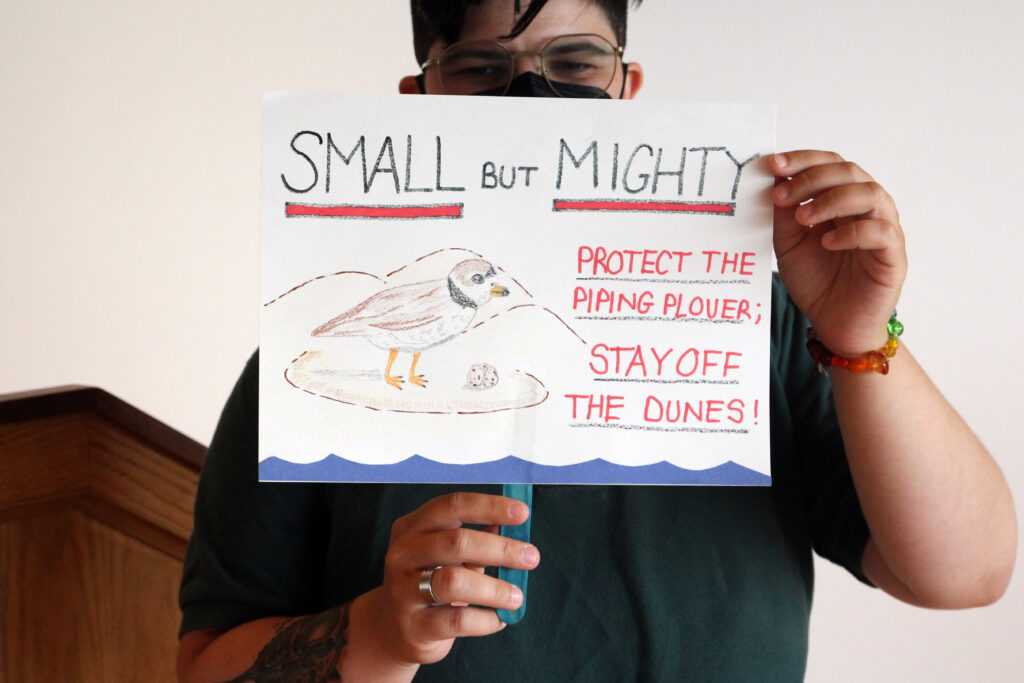
Livingston, S., Dayer, A. A., Zebrowski, A., Sterling, A., Schillerstrom, N., Archibald, T., & Chaves, W. (2024). Co-production in action: Navigating the research-to-implementation space in wildlife conservation through a Community of Practice. Conservation Science and Practice.
Effective conservation practices require addressing the divide between research and implementation. Co-production, which emphasizes collaboration and diverse knowledge exchange, is increasingly recognized as valuable in conservation to address this challenge, yet empirical insights remain limited. This case study explores using a Community of Practice (CoP) as an avenue for facilitating co-production in shorebird conservation. Centering researchers and practitioners within implementation initiatives, we evaluate factors enabling a successful CoP and barriers hindering members’ experiences. Capacity emerged as the predominant barrier, while the leading factors contributing to CoP success were having a dedicated space to support labor division, relationship building, and informal learning among CoP members. Leveraging our evaluation insights, we offer practical recommendations for structuring a CoP to optimize these benefits and advance the integration of CoPs and co-production principles in conservation practice.
